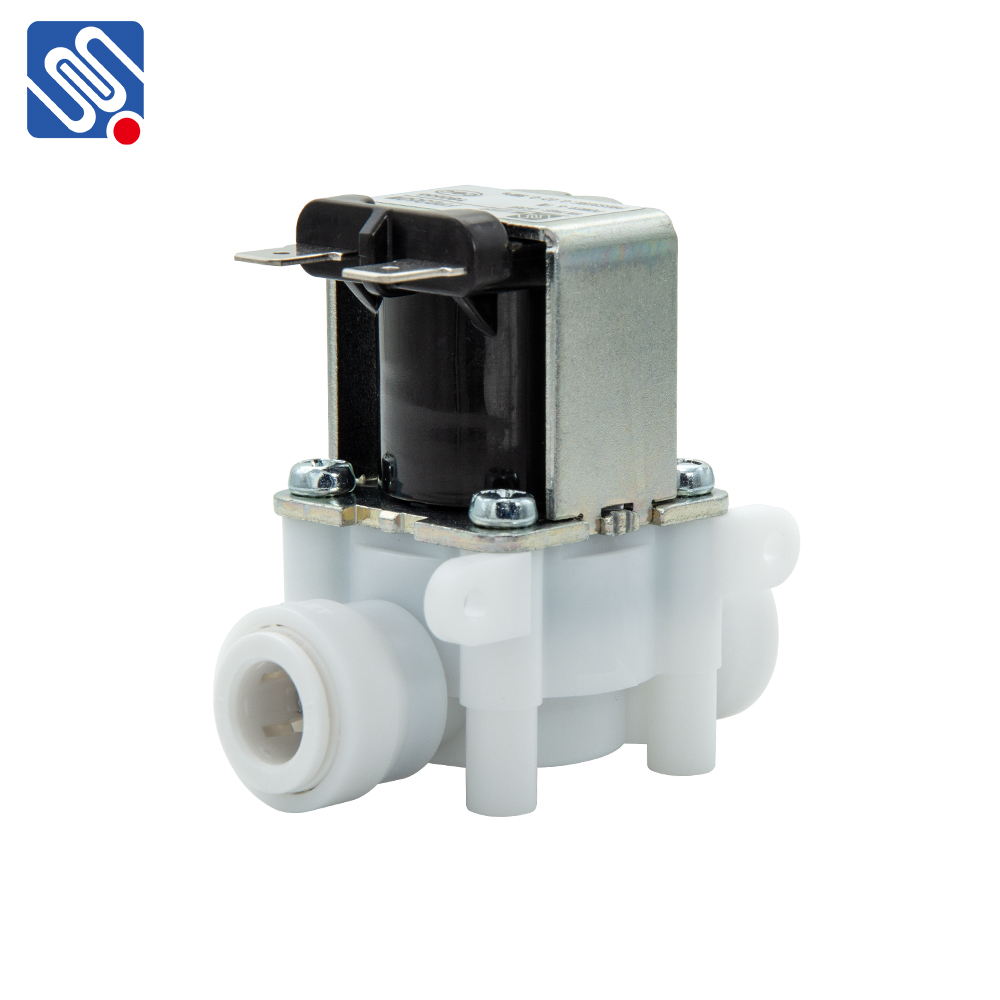Plastic solenoid valves are essential components in various fluid control systems, particularly when dealing with corrosive fluids, high flow rates, or environments where metal components may be prone to corrosion or damage. These valves use an electromagnetic coil to control the opening and closing of a valve, making them ideal for applications that require precise flow control. In this article, we will explore the working principle, advantages, applications, and limitations of plastic solenoid valves.

Working Principle A plastic solenoid valve operates using a basic electromagnetic principle. When an electric current passes through the solenoid coil, it generates a magnetic field. This magnetic field activates a plunger or armature that moves to either open or close the valve, allowing or restricting fluid flow. The solenoid valve can be either normally open (NO) or normally closed (NC), depending on the configuration of the coil and the plunger mechanism. In the “normally open” configuration, the valve is open when the solenoid is not energized, allowing fluid to flow through. When the solenoid is energized, the plunger moves, closing the valve and stopping the flow of fluid. In contrast, a “normally closed” valve is closed when the solenoid is unpowered, and the valve opens when the solenoid is energized.
Leave a Reply